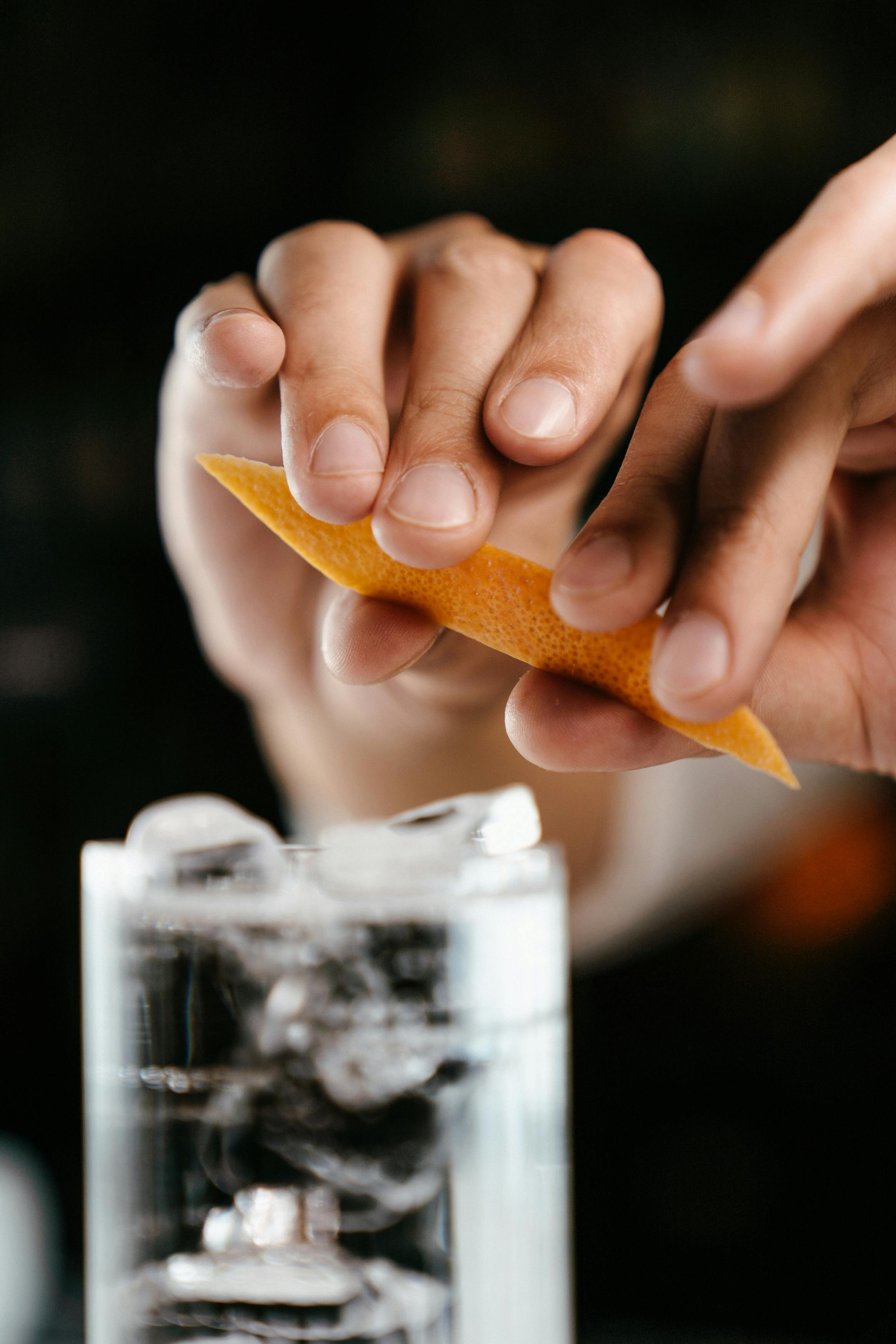Smart Ways to Cook a Frozen Turkey in 2025: Unlock Juicy Results

Smart Ways to Cook a Frozen Turkey in 2025
Cooking a frozen turkey can seem daunting but with the right techniques and preparation, it can unlock juicy results that will impress your family and friends. As we embrace modern cooking methodologies in 2025, innovative approaches are transforming how we approach this festive staple. From roasting frozen turkey to ensuring the turkey is ready to eat, adaptability is key when working with this versatile ingredient.
This article will guide you through efficient methods to cook frozen turkey, including how to thaw it safely and deliciously, optimal cooking techniques, and tips for seasoning and stuffing. Whether you're diving into traditional recipes or exploring creative cooking habits, we've got you covered!
By the end of this journey through cooking a frozen turkey, you'll feel equipped with seasonal favorites that incorporate culinary excellence and a family-oriented spirit. Keep reading to discover the top tips and methods for flavorful turkey experiences this cooking season!
Essential Steps to Preparing Frozen Turkey
When you decide to cook a frozen turkey, the first step is mastering the preparation methods. Understanding the thawing process is crucial to ensure safe cooking. You can opt for several thawing techniques, including the refrigerator method, cold water method, and cooking it directly from frozen.
Thawing Methods for Frozen Turkey
Each thawing method has its pros and cons. The refrigerator method is the safest; it allows for gradual thawing and preserves the turkey’s texture. However, this method requires advance planning, as a 20-pound turkey can take several days. The cold water method is faster, allowing for thawing in a few hours, but requires frequent water changes to keep the temperature safe.
Cooking Directly from Frozen
If you decide to roast frozen turkey without thawing, keep in mind that it will require about 50% longer than the traditional cooking time. Always check the internal temperature to ensure it reaches a safe level of 165 degrees Fahrenheit.
Essential Turkey Preparation Tips
Create a turkey prep checklist by gathering your desired ingredients and tools. A turkey roasting pan, cooking thermometer, and seasoning rubs are essential. Additionally, consider brining your turkey beforehand to enhance flavor. A simple turkey brine recipe includes water, salt, sugar, and spices tailored to your taste.
Building on these fundamental steps, you can seamlessly integrate these cooking strategies into your festive preparations!
Innovative Cooking Techniques for Roasting Frozen Turkey
Roasting frozen turkey requires thoughtful cooking techniques to ensure it remains juicy and flavorful. The key is to capitalize on the right cooking methods that maintain moisture and enhance flavor profiles.
Roasting Frozen Turkey in the Oven
The traditional approach remains robust in 2025. Start by preheating your oven to 325 degrees Fahrenheit. Place the turkey in a roasting pan and cover it with foil for the initial cooking phase to trap moisture. After a couple of hours, remove the foil to allow for browning while basting periodically for flavor enhancement.
Basting Techniques for Juicy Turkey
Basting turkey is crucial to achieving that desired moistness. Prepare a basting mixture using butter, stock, and herbs. As you roast, consider basting every 30-45 minutes, ensuring that the skin develops a rich, golden color while maintaining internal moisture.
Using an Instant Read Thermometer
To check turkey doneness, an instant-read thermometer is your best friend. Insert it into the thickest part of the breast and the innermost part of the thigh; both should reach 165 degrees Fahrenheit for safe consumption. This method guarantees that your turkey is well-cooked without being dried out, striking the right balance of cooking precision.
With these innovative techniques in hand, you’ll be ready to impress your guests and create memorable culinary moments together!
Flavor Enhancements and Seasoning for Frozen Turkey
Flavoring your turkey is one of the most exciting parts of the cooking process. Seasoning a frozen turkey can unlock its potential and create delightful dishes that will keep everyone coming back for seconds.
Best Spices and Seasoning Options
Consider using a blend of herbs such as rosemary, thyme, and sage, which are traditional flavor enhancers. For a contemporary twist, explore spice rubs that include paprika, garlic powder, and onion powder. These can be applied directly to the frozen turkey, allowing the spices to infuse as it cooks.
Marinating and Brining Techniques
Brining turkey before cooking is a popular method for adding moisture and flavor. An easy brine recipe incorporates water, salt, brown sugar, and aromatics. If time is tight, consider marinating the turkey with a flavorful liquid before cooking to create a tender meat outcome.
Stuffing Your Turkey
If you like traditional turkey stuffing, prepare it separately for safety reasons and flavor control. A delicious stuffing recipe includes cubed bread, herbs, celery, and onion, moistened with broth. This also ensures that cooking times are managed more effectively while avoiding the complication of ensuring the stuffing reaches safe temperatures.
Following these flavor enhancement tips will elevate your turkey cooking game and lead to unforgettable family meals that celebrate togetherness.
Cooking Time Calculations and Turkey Roasting Tips
Understanding turkey cooking times is vital to ensure your turkey is perfectly cooked without drying out or compromising food safety. A turkey cooking time calculator can help simplify this process significantly.
Determining Turkey Cooking Times Based on Weight
As a general guideline, an unstuffed turkey will require approximately 13 minutes of cooking time per pound at 325 degrees Fahrenheit. For example, a 15-pound turkey will take about 3-3.5 hours. Allow time for resting before carving; this boosts flavor and juiciness when served.
Common Turkey Cooking Mistakes to Avoid
One common mistake is cooking at too high a temperature, leading to burnt skin and raw meat. Another misstep is neglecting the essential resting period, as this allows juices to redistribute. Monitor internal temperatures closely to avoid dry meat, ensuring every bite is satisfying!
Turkey Cooking FAQs
If you have lingering questions about cooking turkey, consult with cooking experts or trusted kitchen resources. They can offer solutions on topics ranging from thawing methods to innovative roasting techniques, providing comprehensive turkey cooking advice tailored to your needs.
By harnessing these cooking time guidelines and tips, you will achieve successful results with your turkey, creating a centerpiece dish that glows with holiday spirit!
Q&A Section: Common Concerns When Cooking Frozen Turkey
Here we address some frequently asked questions to help demystify the process of cooking frozen turkey.
Can I cook a frozen turkey without thawing?
Yes, you can roast a frozen turkey directly. Just make sure to account for additional cooking time. A cooking thermometer is essential to ensure safety.
How do I know when my turkey is fully cooked?
The internal temperature should reach at least 165 degrees Fahrenheit in the thickest part of the breast and thigh. Use a cooking thermometer for accurate results.
What are some creative recipes for a frozen turkey?
Explore flavorful turkey recipes such as BBQ smoked turkey or herbed roasted turkey. These methods can introduce unique flavors while maintaining the juicy texture you desire!
With these answers and practical tips, you are ready to confidently tackle the frozen turkey challenge and create memorable holiday meals ahead!

